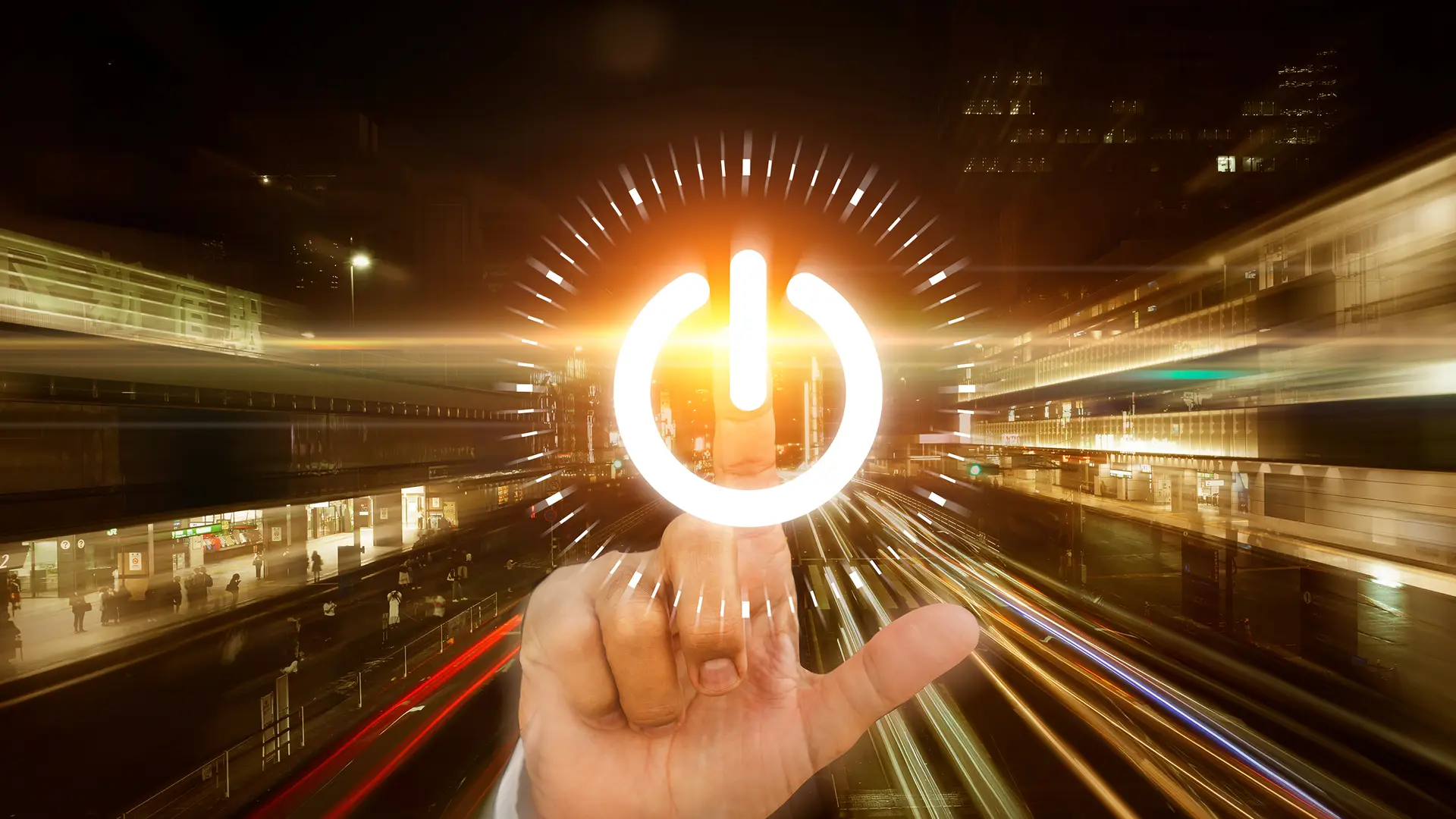What Is Standby Power Consumption & How to Reduce It?
Even when switched off, many appliances continue to draw small amounts of electricity — this is known as standby power consumption. It’s what keeps devices ready to switch on instantly or respond to remote controls, but it can quietly increase your energy bills over time.
How Much Energy Does Standby Mode Use?
Individually, a device in standby might use less than 1 watt, but when multiplied across all the appliances in your home, it adds up. On average, standby power can account for up to 10% of a household’s total electricity use — meaning you could be paying for energy you’re not actually using.
Common Devices That Consume Standby Power
- Televisions, set-top boxes, and games consoles
- Microwaves and coffee machines with digital clocks
- Laptops, phone chargers, and smart speakers
- Wi-Fi routers and printers
How to Reduce Standby Power Consumption
- Switch appliances off at the wall when not in use.
- Use smart power strips to stop phantom energy draw.
- Unplug chargers once devices are fully charged.
- Enable energy-saving modes on electronics and appliances.
- Look for the Energy Star label when buying new devices.
Why It Matters
Reducing standby consumption not only saves money but also lowers your carbon footprint. By being mindful of what’s left plugged in, you can make your home more energy efficient with very little effort.
- All Posts
- Cooker Hood Guides & Advice
- Dishwasher Guides & Advice
- General Appliance Guides & Advice
- Hob Guides & Advice
- Laundry Guides & Advice
- Microwave Guides & Advice
- Oven Guides & Advice
- Wine Cooler Guides & Advice
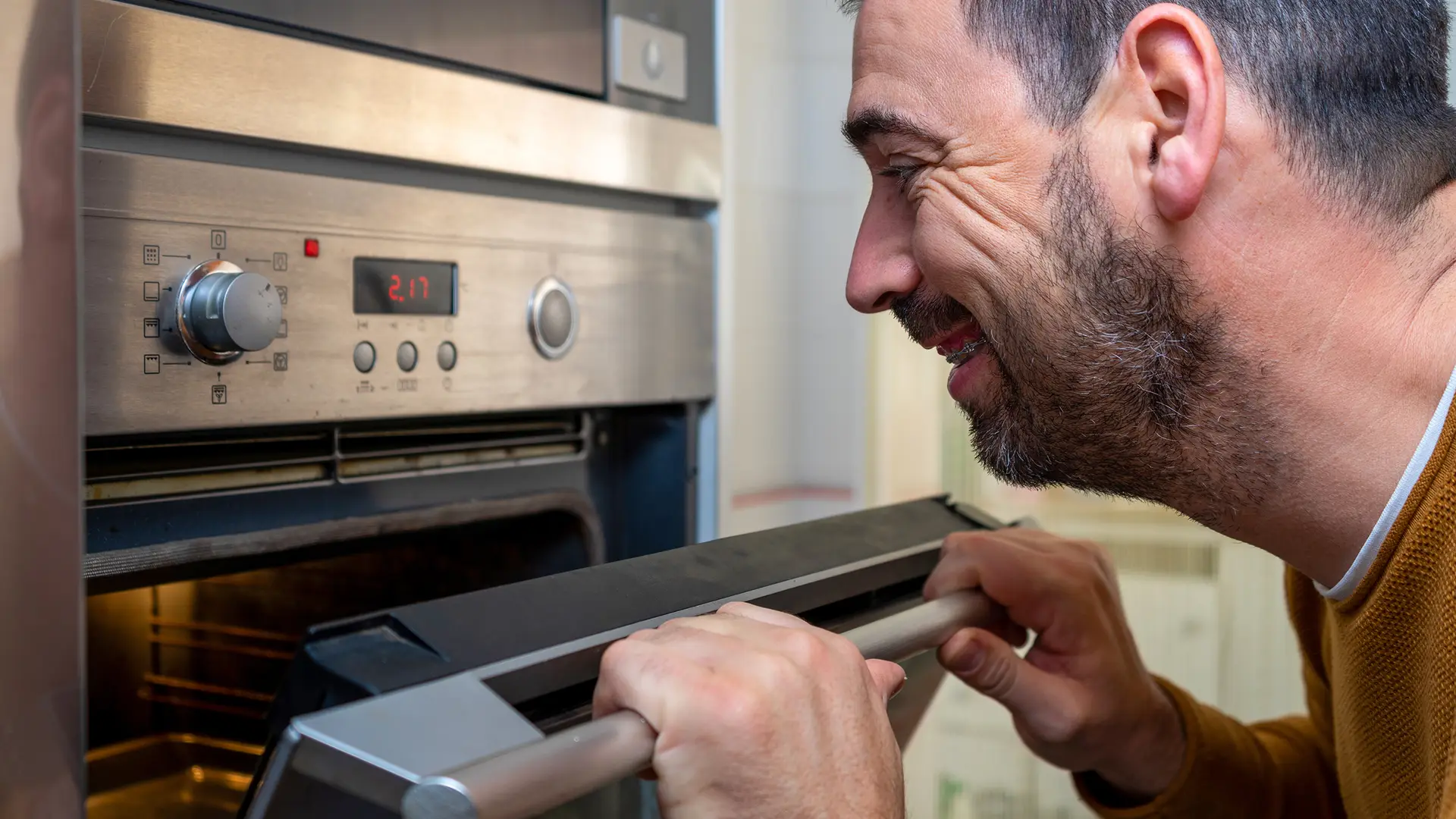
Notice heat escaping or uneven cooking? Learn the key signs your oven seal needs replacing and how to fix it...
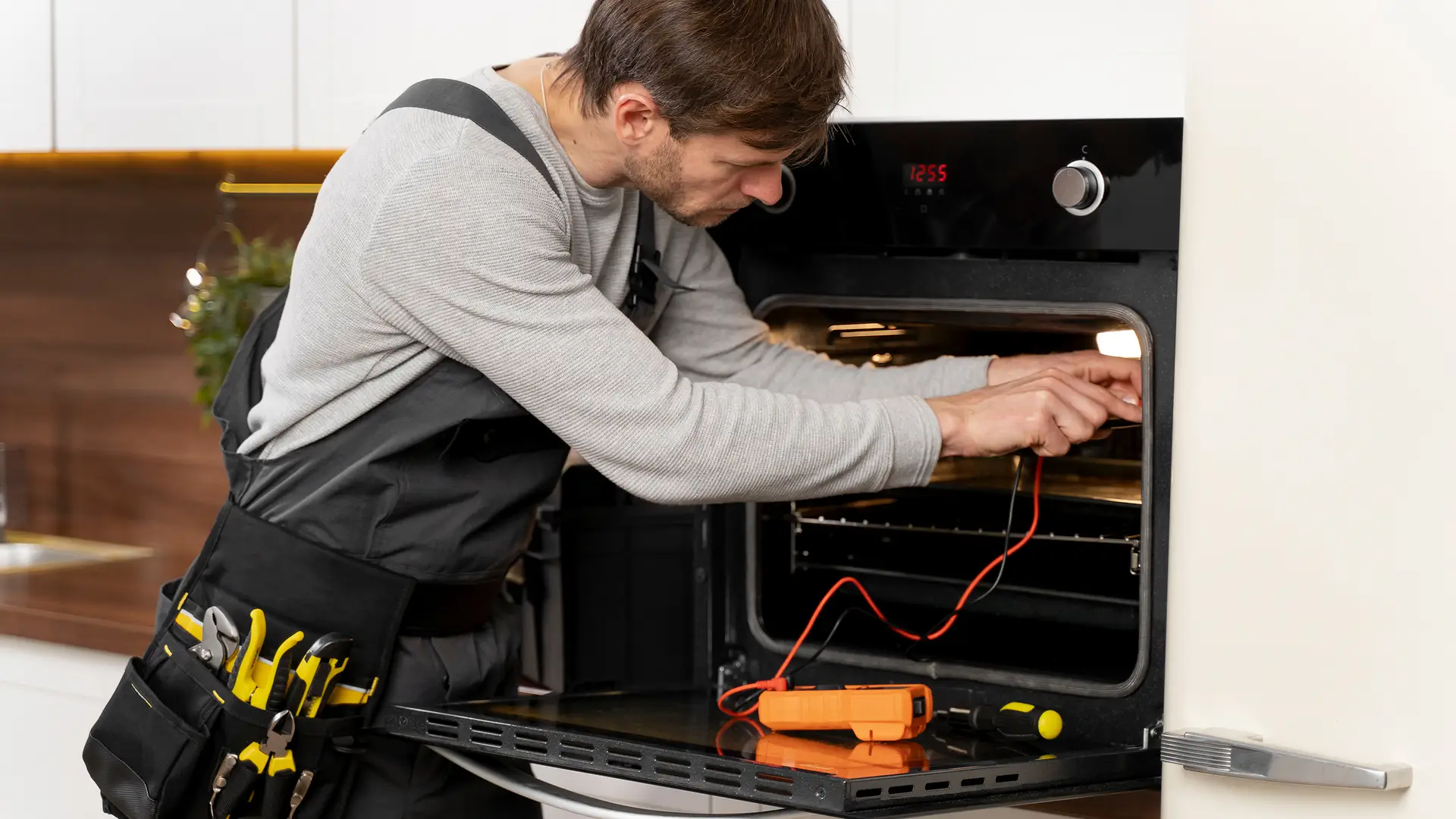
Discover common built-in oven problems and how to fix them. Get easy troubleshooting tips and know when to call a...
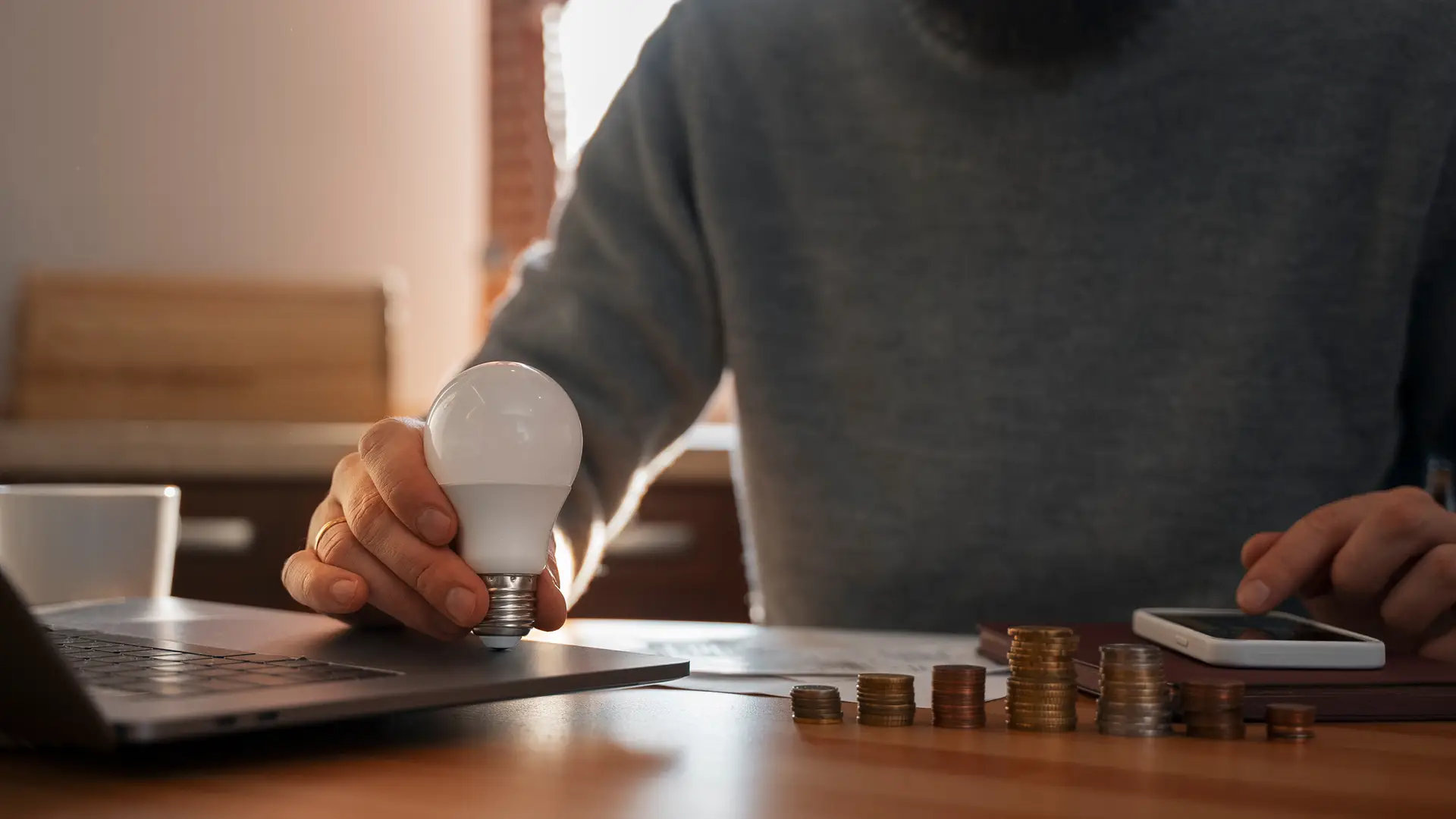
Discover how much power common kitchen appliances use and learn easy ways to cut electricity costs. Read our quick energy...
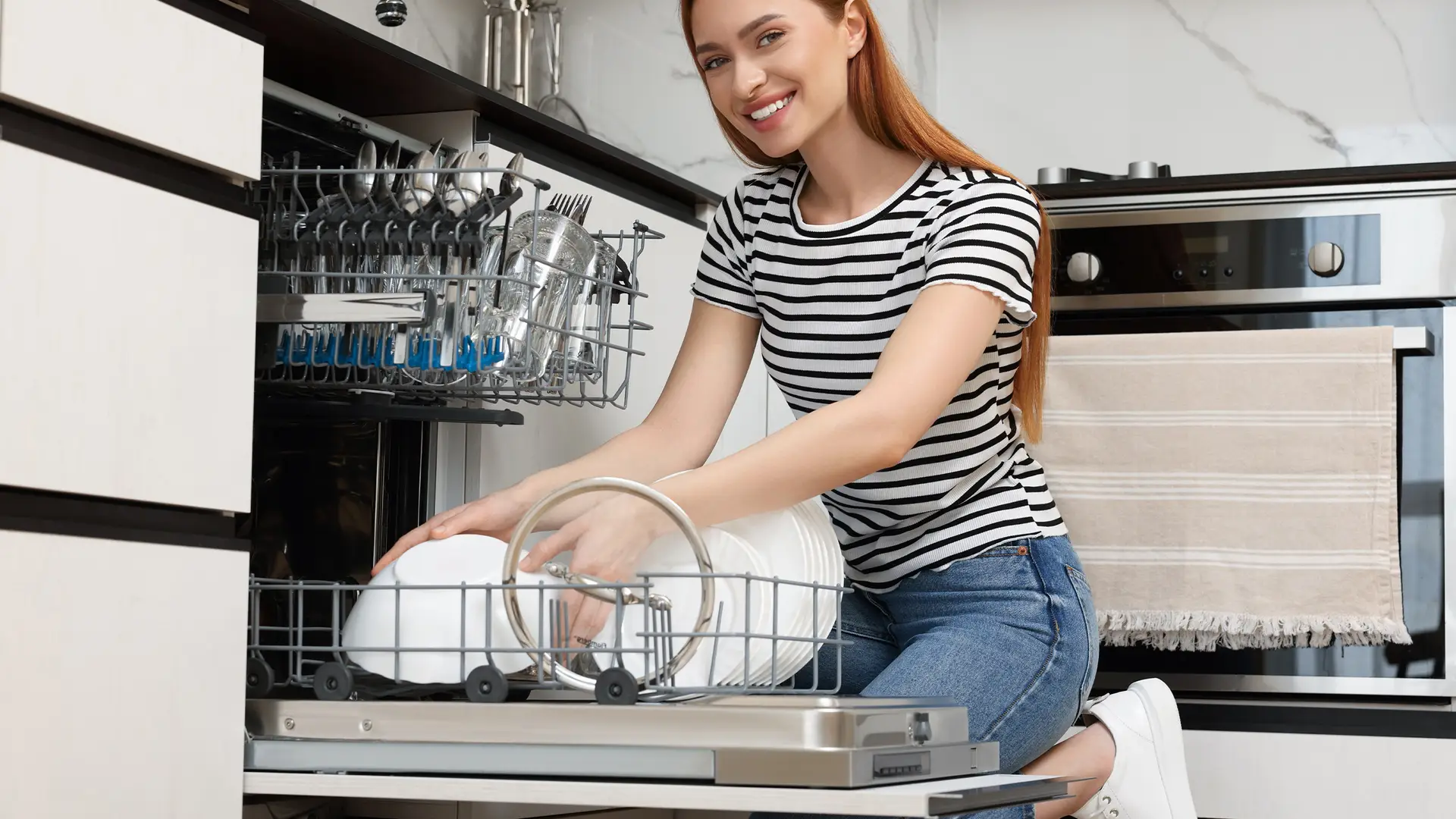
Find out if integrated dishwashers need a matching cabinet door and why. Learn how to achieve a seamless built-in look...
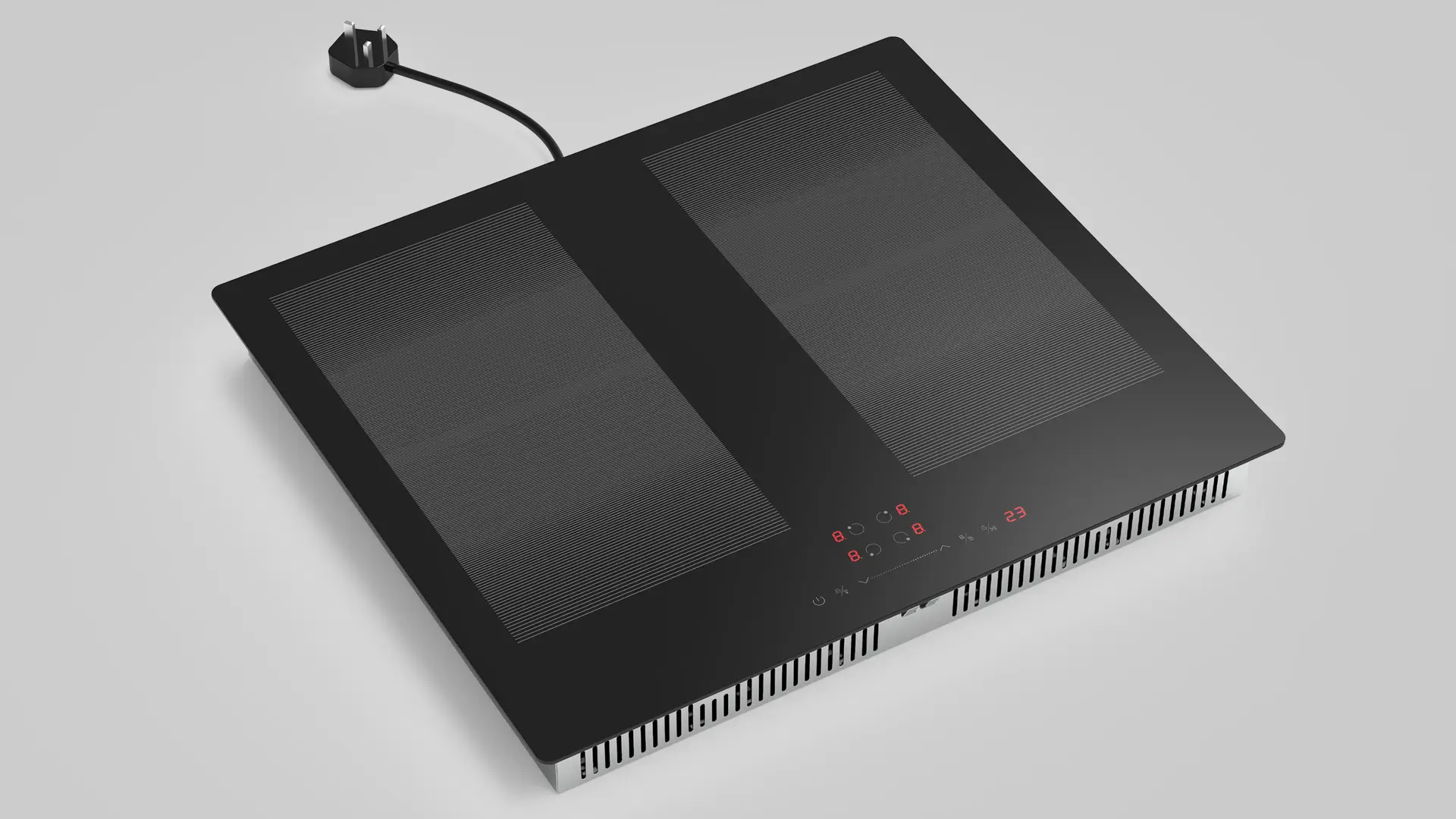
Discover the pros and cons of 13 amp plug-in induction hobs. Learn if they’re right for your kitchen, budget, and...
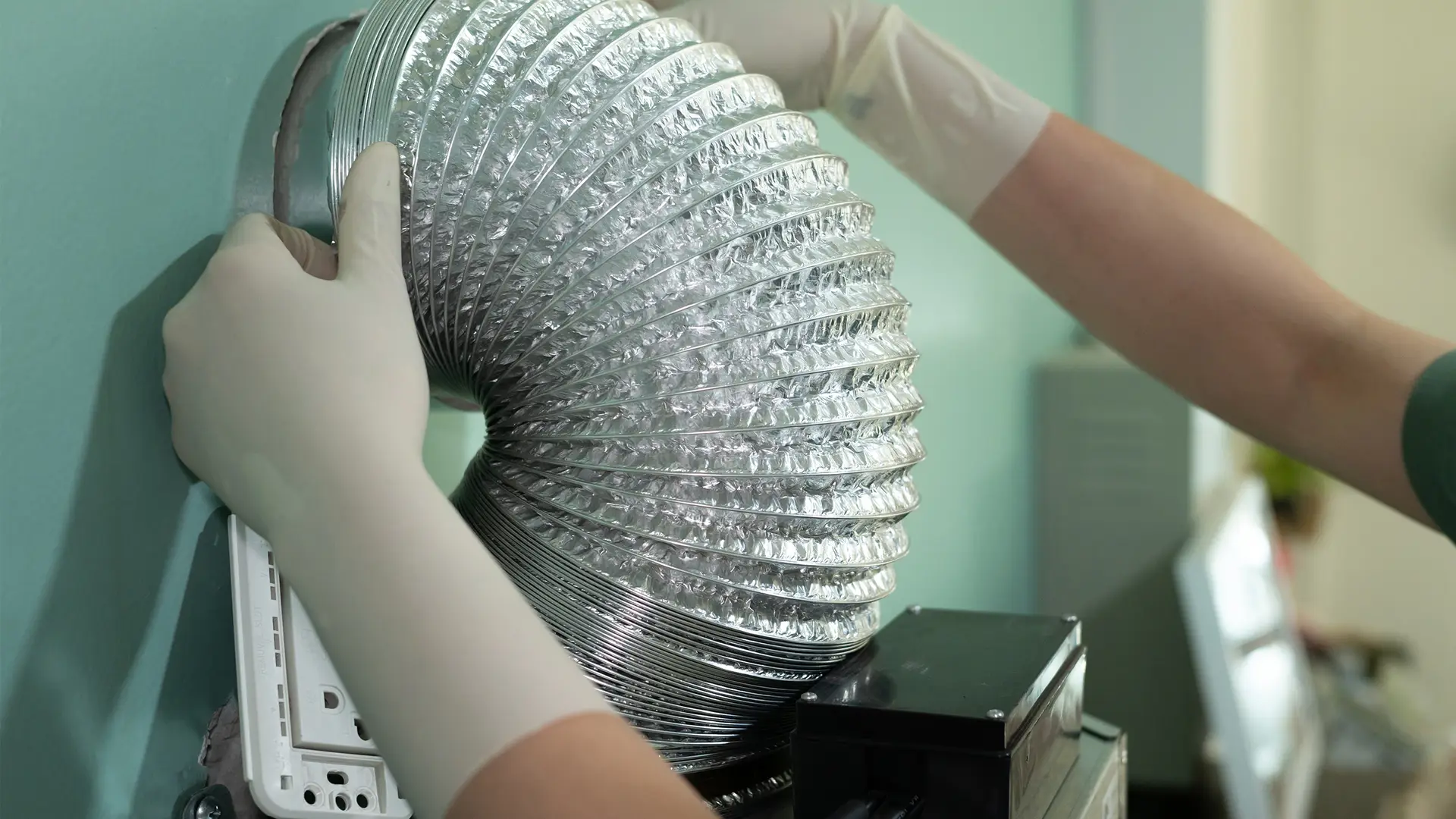
In this guide, we’ll explain whether outdoor extraction is necessary, what your options are if it isn’t possible, and how...
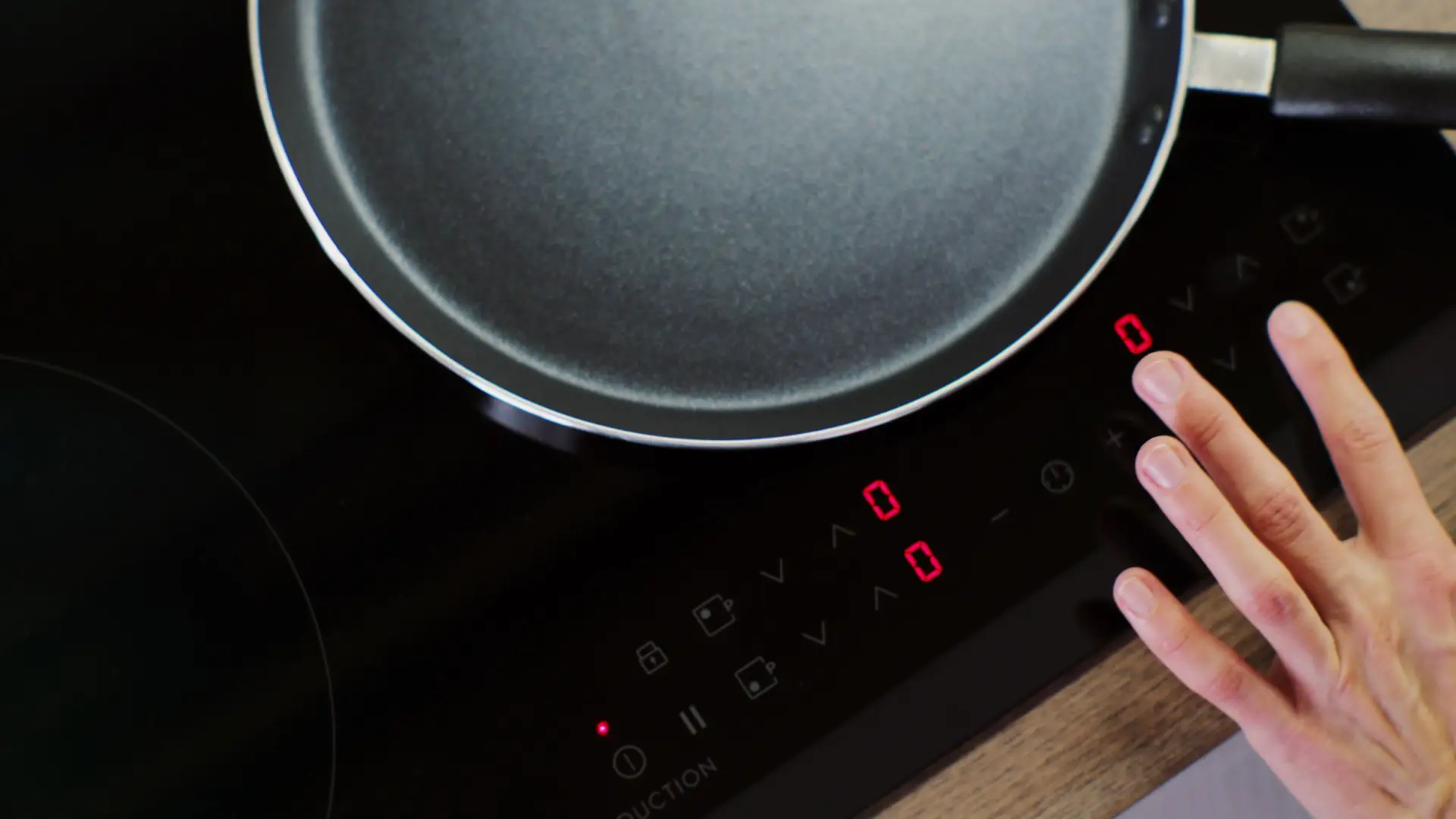
Learn when to use Power Boost on your induction hob for fast results and when it wastes energy. Get smart...
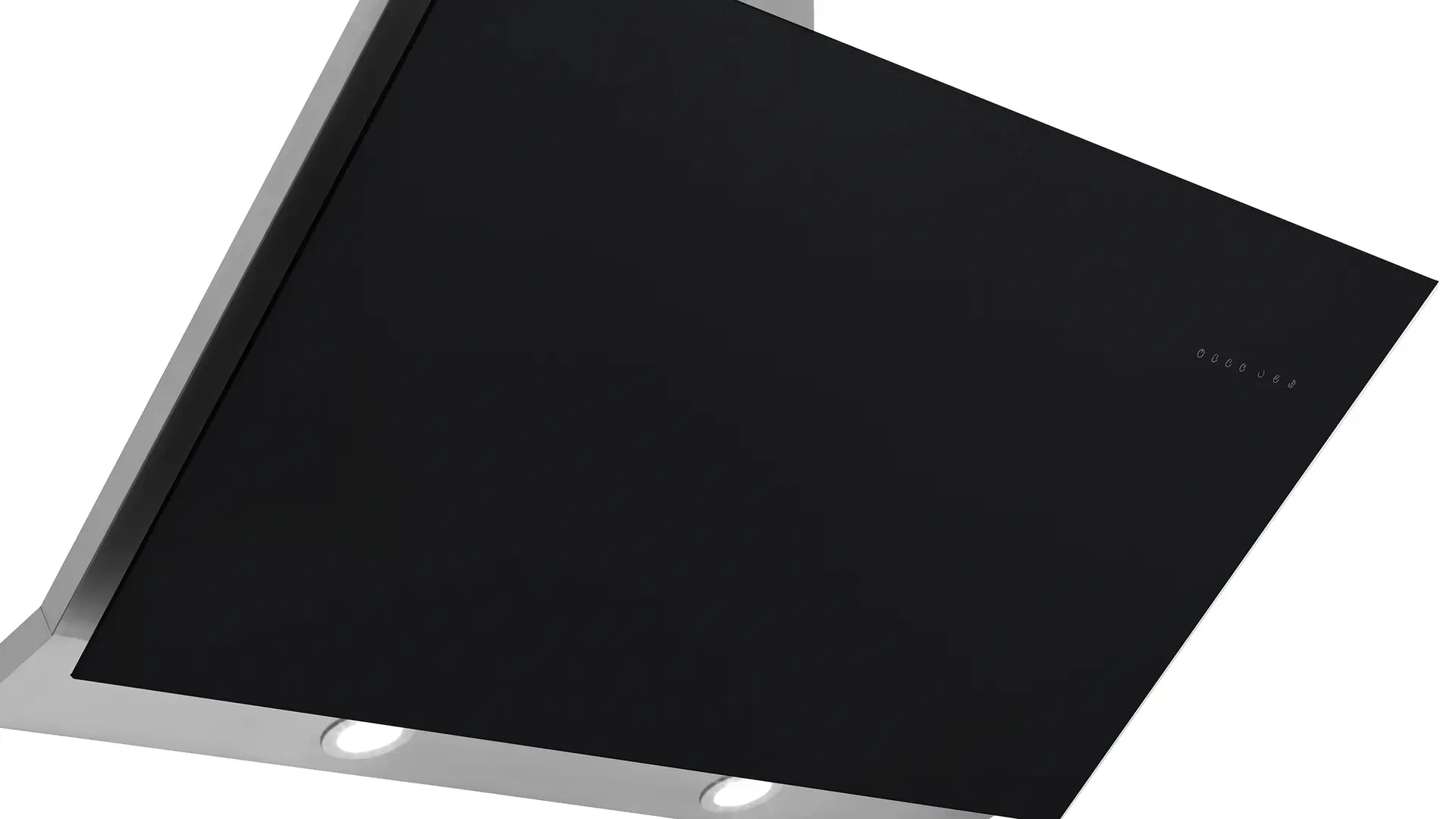
Discover whether an angled or chimney cooker hood suits your kitchen best. Compare pros, cons, and design tips to make...
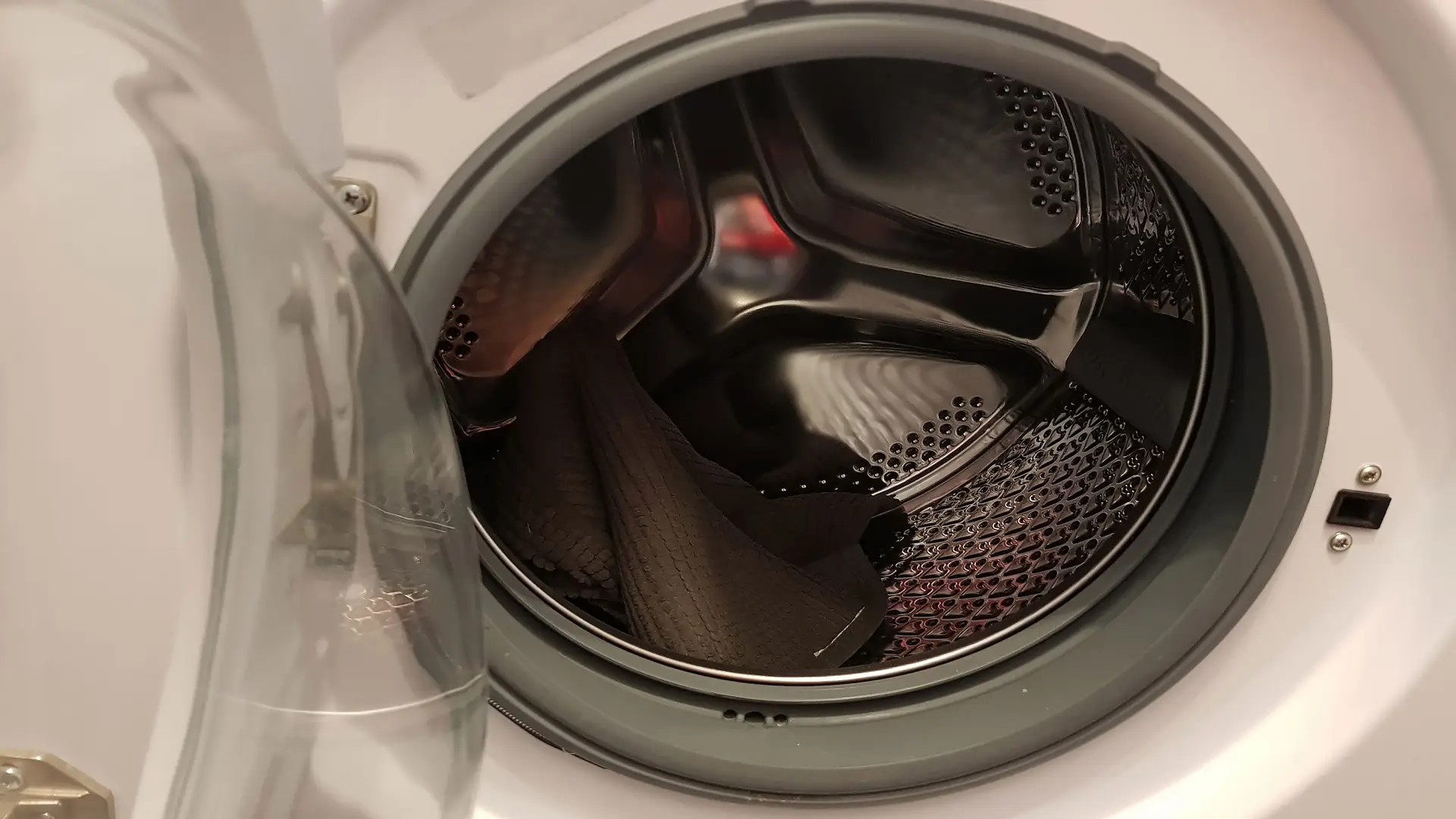
Discover why leaving your washing machine door open prevents odours and mould. Learn the best post-wash habits to keep your...
